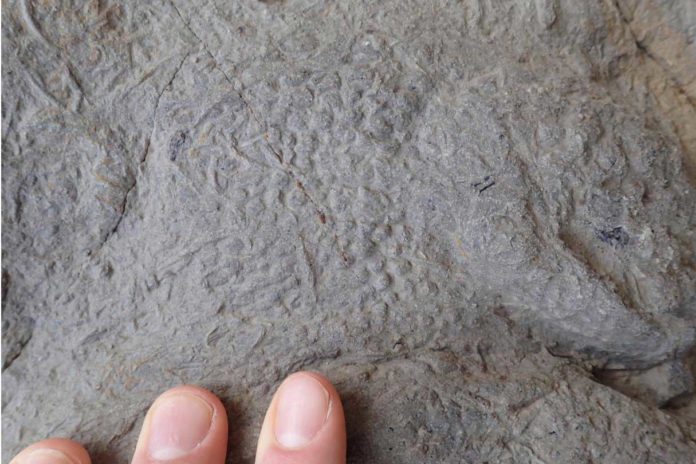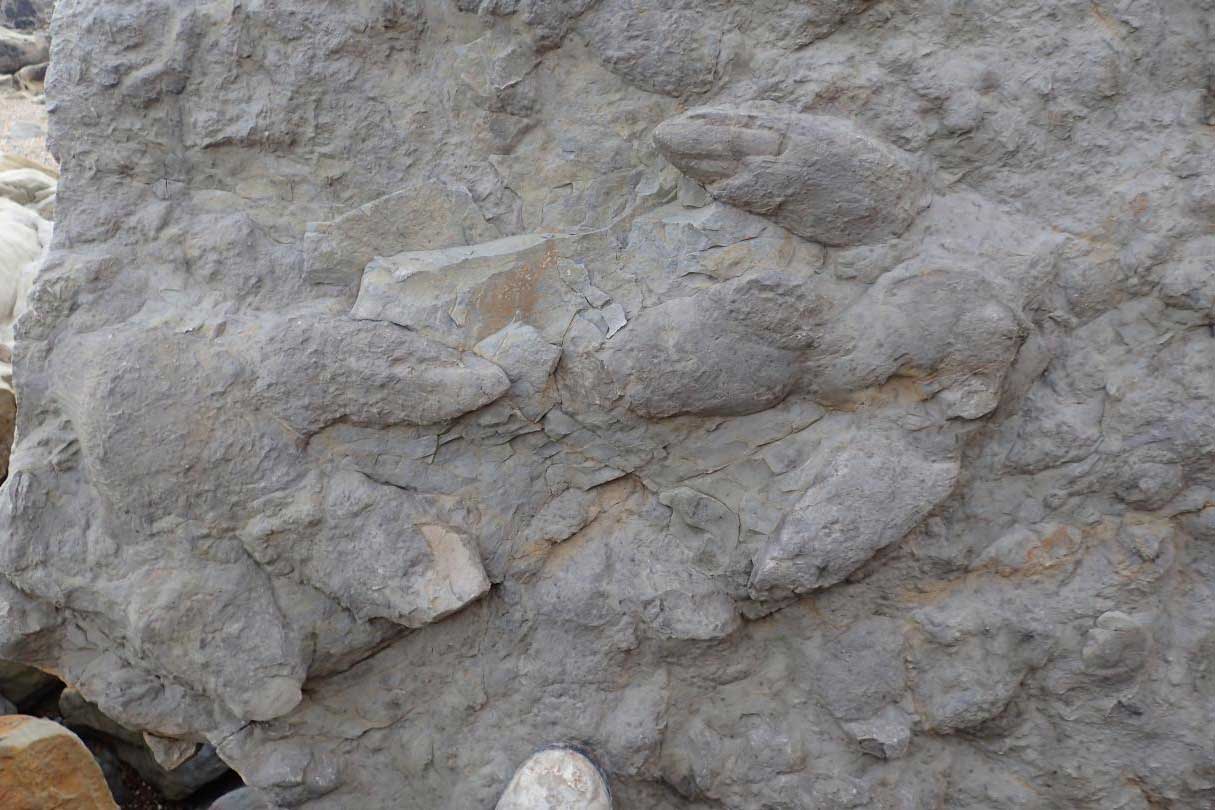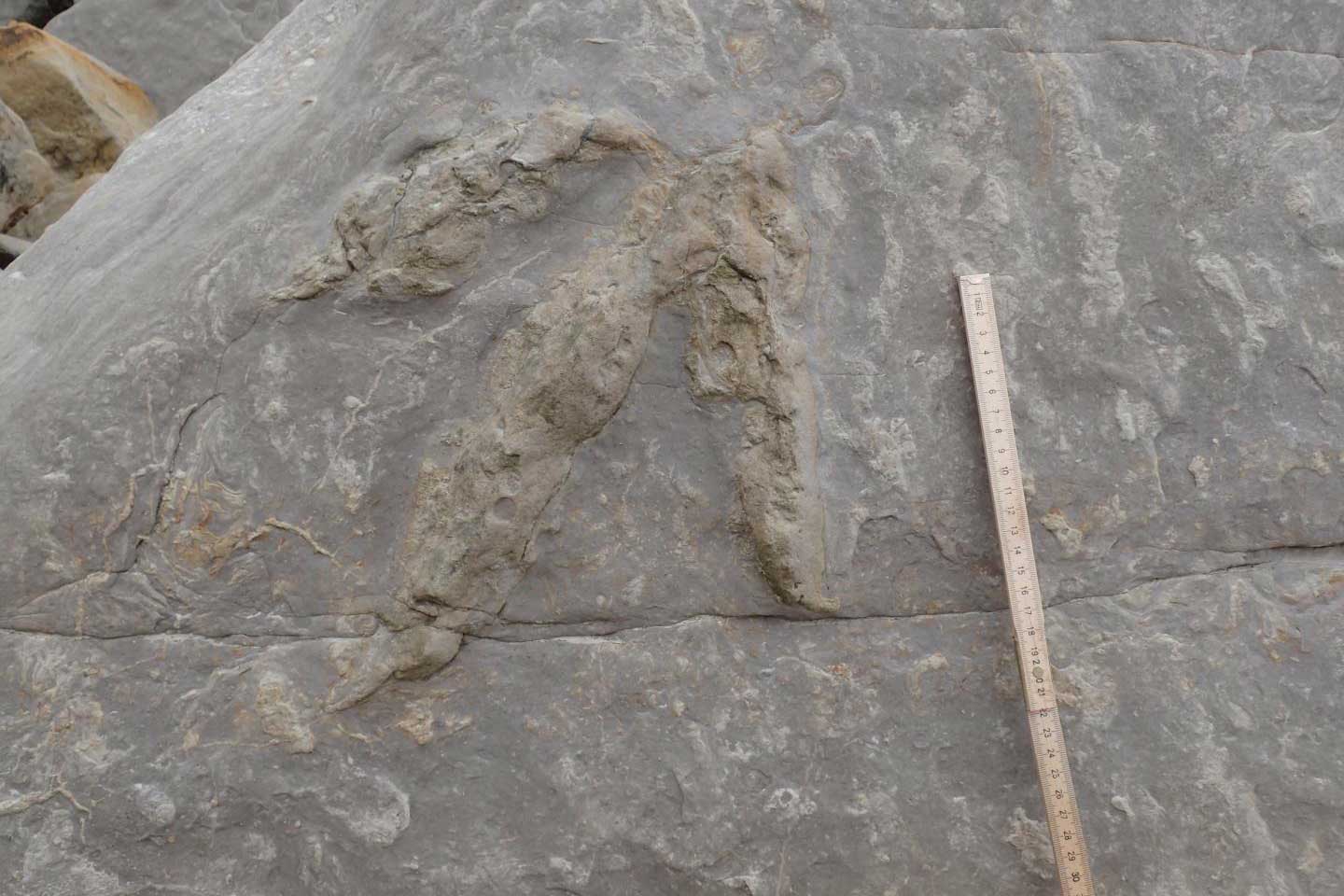In the course of 160 years, there have been sporadic reports of fossilized dinosaur impressions along the Sussex coast however no new real revelations have been portrayed for the past 25 years and the prior discoveries were far less differed and itemized than those depicted in the current research.
The region around Hastings is one of the most extravagant in the UK for dinosaur fossils, including the primary known Iguanodon in 1825, and the principal affirmed case of fossilized dinosaur mind tissue in 2016. Be that as it may, trace fossils, for example, impressions, which can enable researchers to take in more about the structure of dinosaur networks, are less common in the area.
Recently, scientists at the University of Cambridge have identified more than 85 well-preserved dinosaur footprints – made by at least seven different species in East Sussex. The discovery represents the different and comprehensive collection of these trace fossils from the Cretaceous Period found in the UK to date.
Scientists identified footprints by following times of coastal erosion along the cliffs near Hastings. A large number of the impressions – which range in size from under 2 cm to more than 60 cm crosswise over – are so very much protected that fine detail of skin, scales, and claws is effortlessly noticeable.
The footprints date from the Lower Cretaceous epoch, between 145 and 100 million years ago, with prints from herbivores including Iguanodon, Ankylosaurus, a species of a stegosaur, and possible examples from the sauropod group (which included Diplodocus and Brontosaurus); as well as meat-eating theropods.
Anthony Shillito, a Ph.D. student in Cambridge’s Department of Earth Sciences said, “Whole body fossils of dinosaurs are incredibly rare. Usually, you only get small pieces, which don’t tell you a lot about how that dinosaur may have lived. A collection of footprints like this helps you fill in some of the gaps and infer things about which dinosaurs were living in the same place at the same time.”
The footprints were identified by researchers between 2014 and 2018. The footprints were uncovered during the past four winters when strong storms and storm surges led to periods of a collapse of the sandstone and mudstone cliffs.
Dr Neil Davies said, “To preserve footprints, you need the right type of environment. The ground needs to be ‘sticky’ enough so that the footprint leaves a mark, but not so wet that it gets washed away. You need that balance in order to capture and preserve them.”
Shillito said, “As well as the large abundance and diversity of these prints, we also see absolutely incredible detail. You can clearly see the texture of the skin and scales, as well as four-toed claw marks, which are extremely rare.”
“You can get some idea about which dinosaurs made them from the shape of the footprints – comparing them with what we know about dinosaur feet from other fossils lets you identify the important similarities. When you also look at footprints from other locations you can start to piece together which species were the key players.”
“Given the sheer size of many dinosaurs, it’s highly likely that they affected rivers in a similar way, but it’s difficult to find a ‘smoking gun’ since most footprints would have just washed away. However, we do see some smaller-scale evidence of their impact; in some of the deeper footprints you can see thickets of plants that were growing. We also found evidence of footprints along the banks of river channels, so it’s possible that dinosaurs played a role in creating those channels.”
Shillito now studying how dinosaurs may have affected the flows of rivers. In modern times, large animals such as hippopotamuses or cows can create small channels, diverting some of the river’s flow.
The results are reported in the journal Palaeogeography, Palaeoclimatology, Palaeoecology.


